What are the best practices for labeling and storing centrifuge tubes?
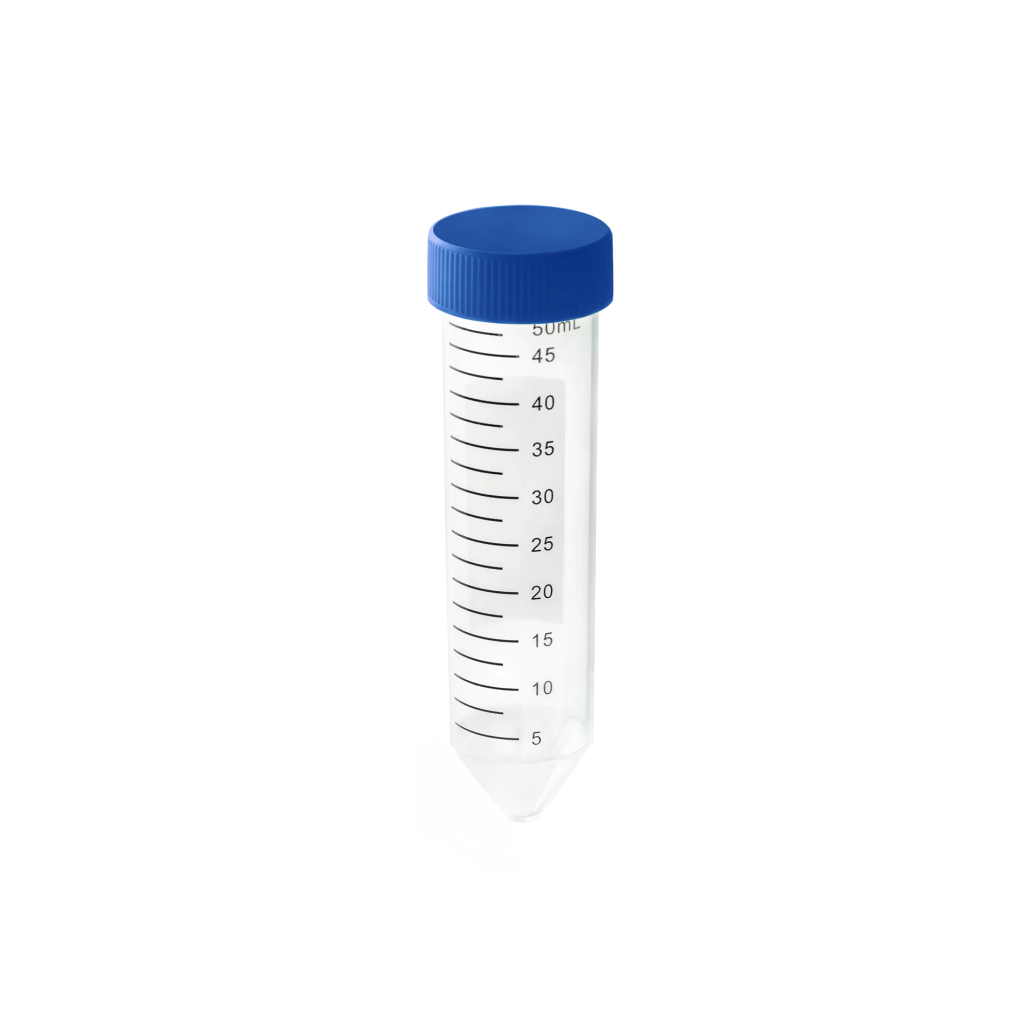
Proper labeling and storage of centrifuge tubes are essential for maintaining sample integrity, preventing cross-contamination, and ensuring easy identification of samples in a busy laboratory. Here are the best practices for labeling and storing centrifuge tubes: ### 1. **Labeling Centrifuge Tubes** **Labeling Materials** – **Waterproof markers**: Use permanent, waterproof markers that won’t smear, even when […]
Can centrifuge tubes be reused, and how do you clean them properly?
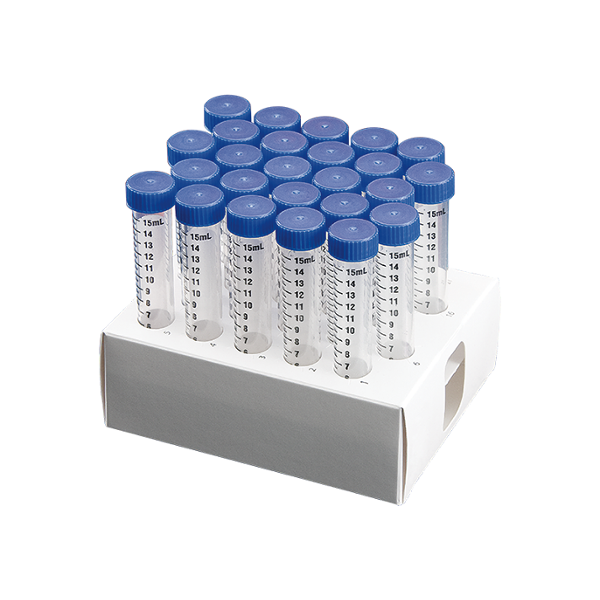
Yes, centrifuge tubes can be reused, but their reusability depends on the material, type of sample, and whether the tubes are disposable or specifically designed for multiple uses. Here’s what you need to know about reusing and properly cleaning centrifuge tubes: ### 1. **Reusability by Material** – **Plastic Centrifuge Tubes**: – **Polypropylene tubes** can generally […]
What are the differences between conical and round-bottom centrifuge tubes?

Conical and round-bottom centrifuge tubes are both commonly used in laboratories, but they have distinct differences that make each suitable for specific applications: ### 1. **Shape and Design** – **Conical Centrifuge Tubes**: – **Tapered shape with a pointed bottom**. – Often come with volume graduations and a flat cap surface. – Available in common sizes […]
How do you choose the right size and material for centrifuge tubes?

Choosing the right size and material for centrifuge tubes depends on several factors, including the type of sample, centrifugation speed, and chemical compatibility. Here’s how to make the right choice: ### 1. **Size of Centrifuge Tube** – **Sample volume**: Select a tube that accommodates the volume of your sample, while leaving some space for expansion […]
What are centrifuge tubes used for in laboratory settings?
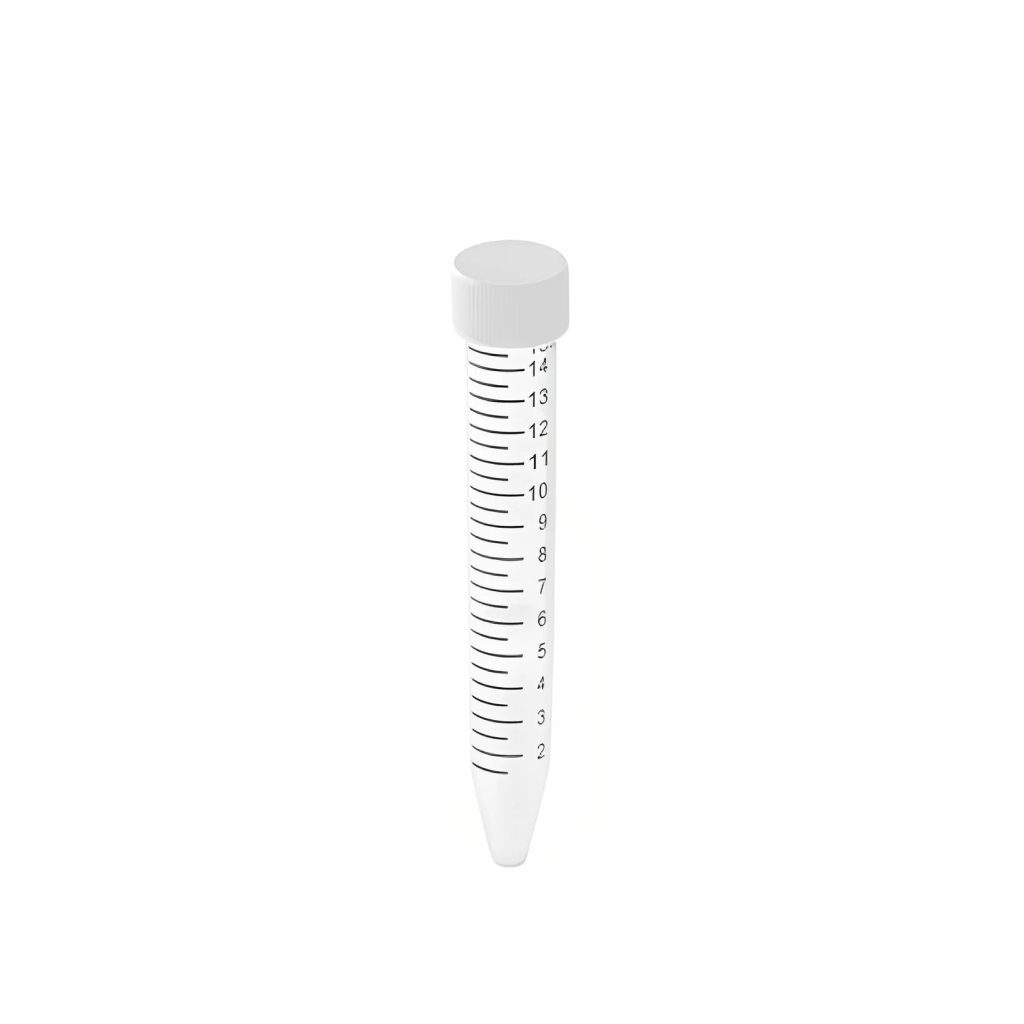
Centrifuge tubes are essential tools in laboratory settings used for separating substances based on their density through the process of centrifugation. Common uses include: 1. **Separating cellular components**: Centrifuge tubes help in isolating cells, organelles (like mitochondria), or proteins from biological samples such as blood or tissue. 2. **Sample storage**: They are used to store […]
How do robotic tips compare to traditional end-effectors?
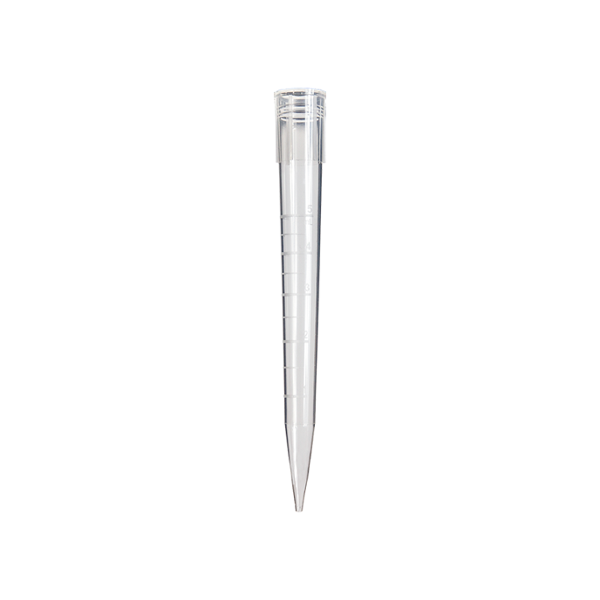
Robotic tips and traditional end-effectors serve similar fundamental purposes in robotic systems: they interact with objects or perform tasks at the end of a robotic arm or system. However, they differ in several key aspects related to their design, functionality, and applications. Here’s a comparison of robotic tips and traditional end-effectors: ### 1. **Design and […]
What are the latest advancements in robotic tip technology?
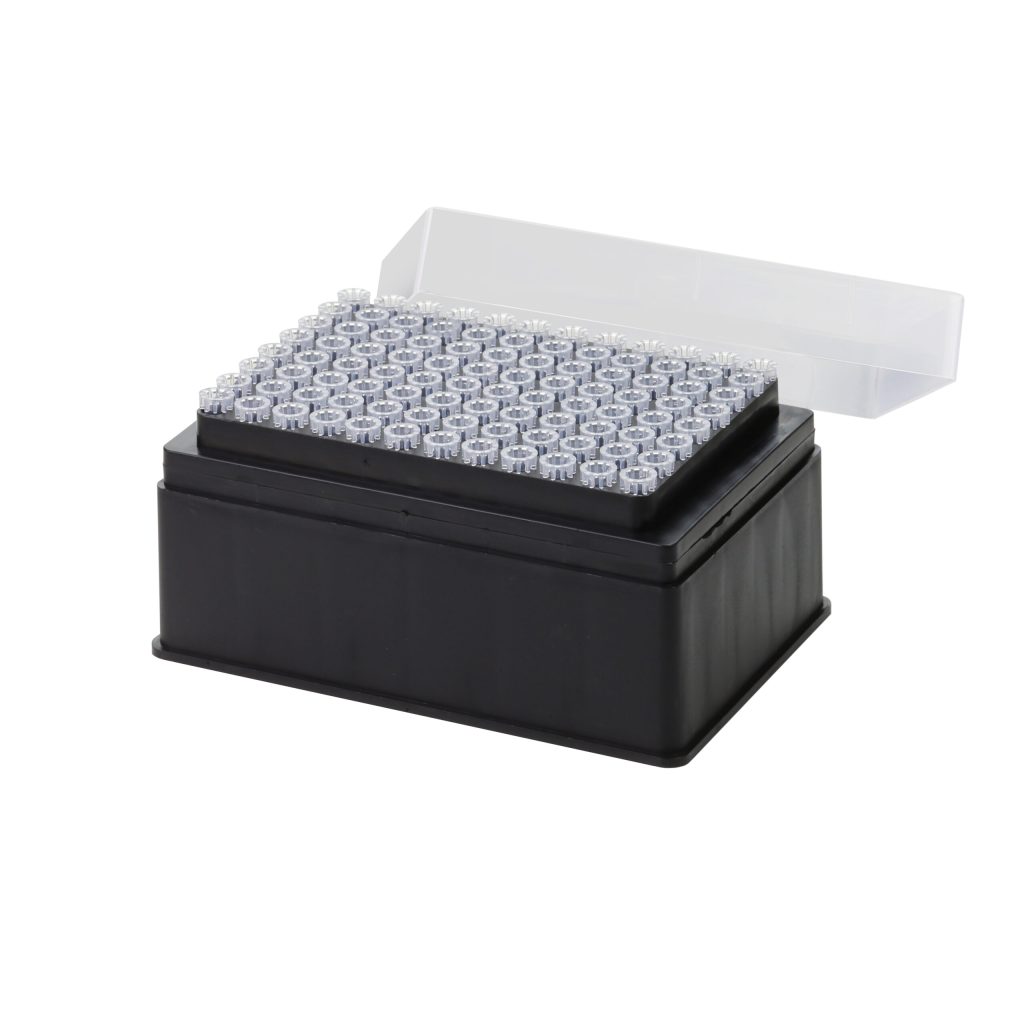
Recent advancements in robotic tip technology reflect the growing demands for precision, versatility, and efficiency in various industries. Here are some of the latest developments: ### 1. **Advanced Materials** – **Smart Materials:** The use of smart materials, such as shape-memory alloys and piezoelectric materials, allows robotic tips to adapt their properties in response to environmental […]
What industries commonly use robotic tips?

Robotic tips are utilized across a wide range of industries, each benefiting from the precision, efficiency, and automation that these tools offer. Here’s a detailed look at the industries where robotic tips are commonly used: ### 1. **Manufacturing** – **Assembly Lines:** Robotic tips are used for handling and assembling components in automotive, electronics, and consumer […]
How do you maintain and clean robotic tips?
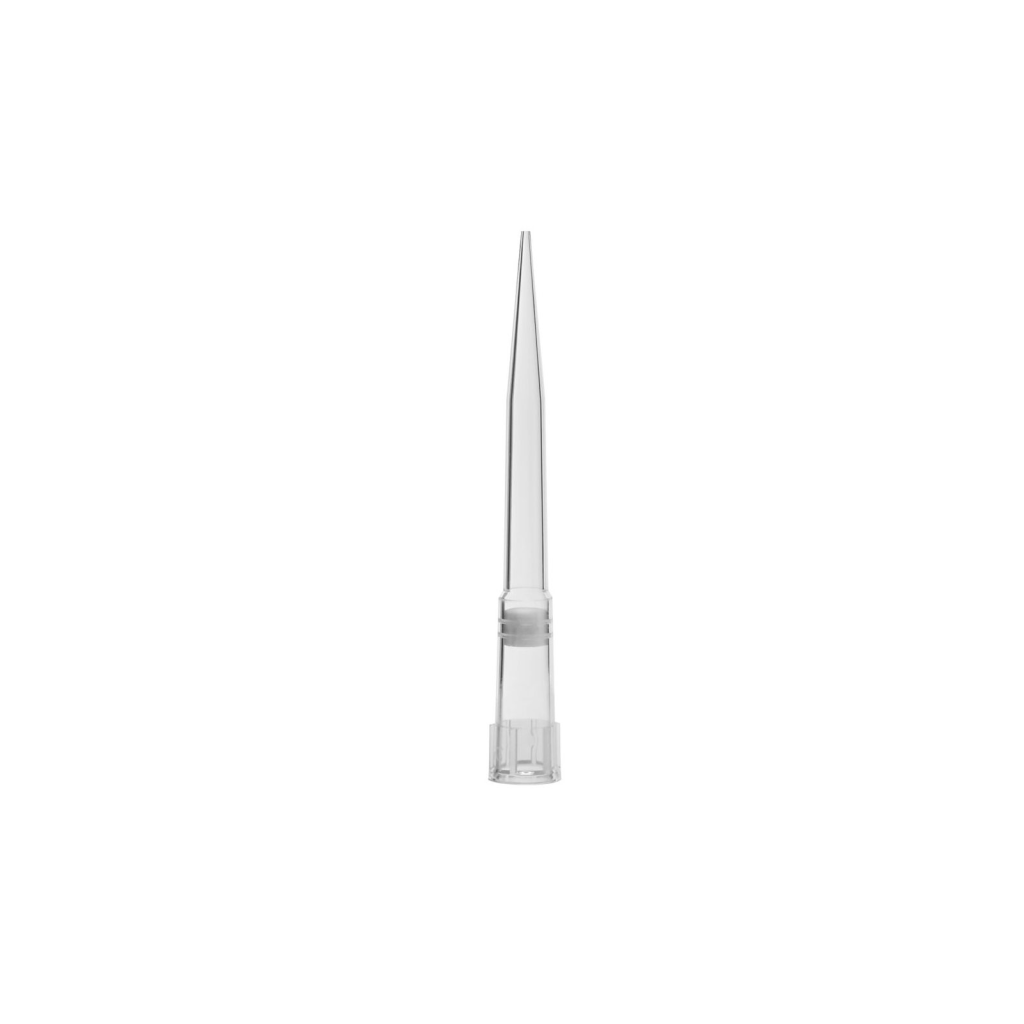
Maintaining and cleaning robotic tips is essential to ensure their optimal performance, longevity, and accuracy in automated systems. The procedures for maintenance and cleaning depend on the type of robotic tip and its application. Here are general guidelines for maintaining and cleaning different types of robotic tips: ### General Maintenance Guidelines 1. **Regular Inspection** – […]
What are the different types of robotic tips available?
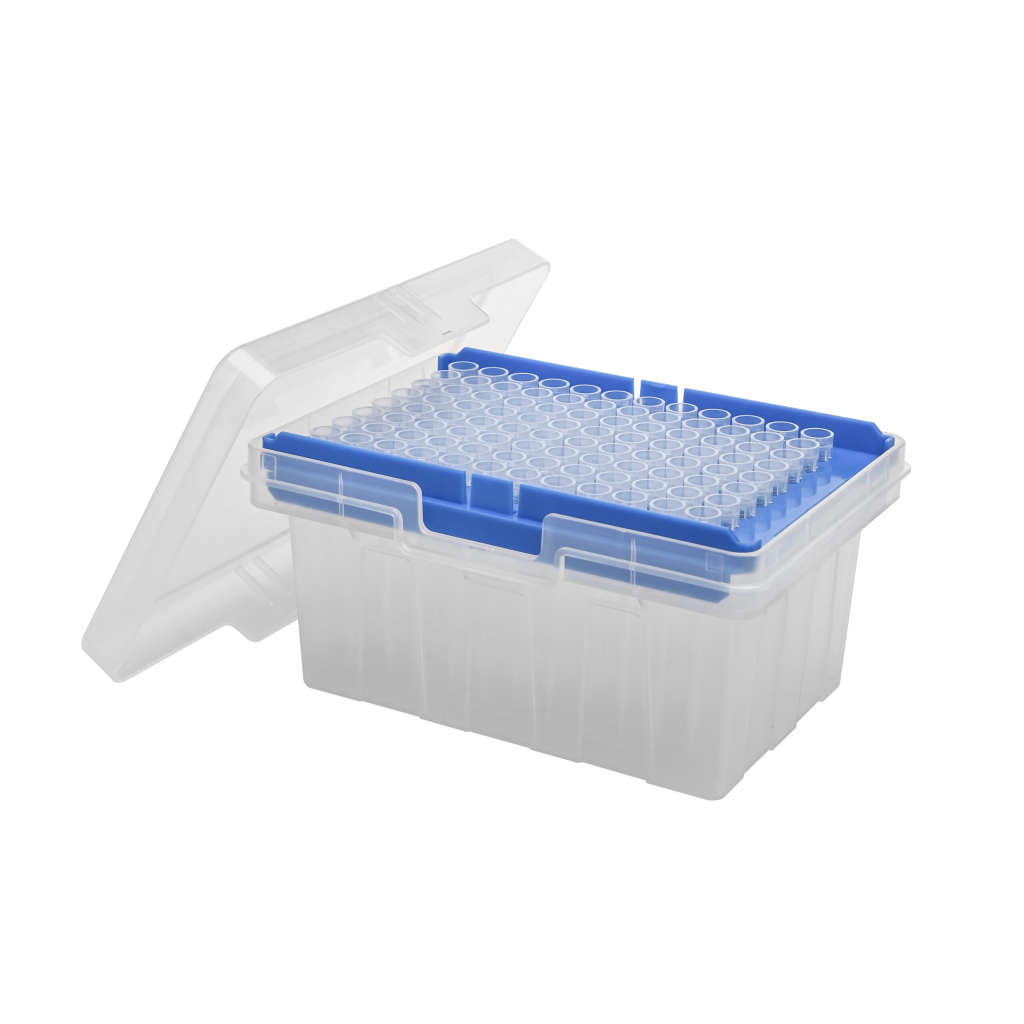
Robotic tips come in various types, each designed for specific applications and tasks in automation and robotics. Here’s an overview of the different types of robotic tips available: ### 1. **Pipette Tips** – **Standard Pipette Tips:** Used for general liquid handling tasks, such as transferring and dispensing liquids in laboratory settings. – **Filter Pipette Tips:** […]
